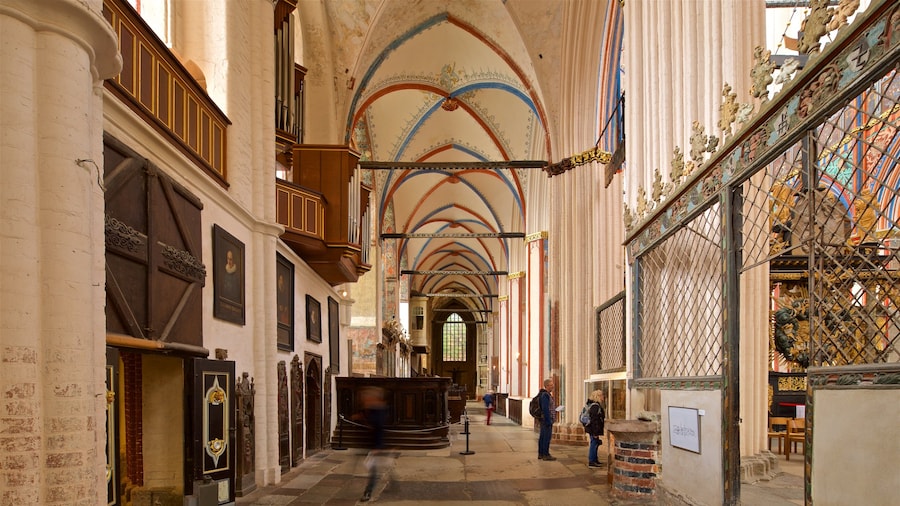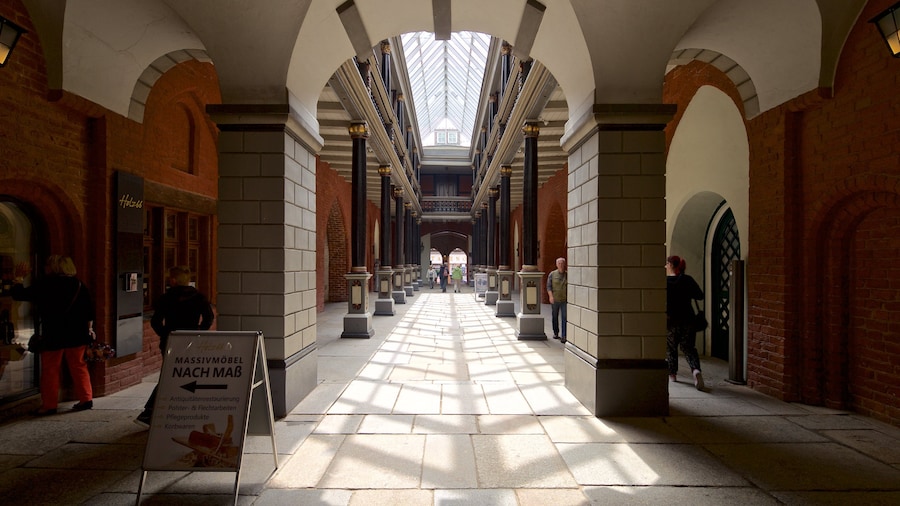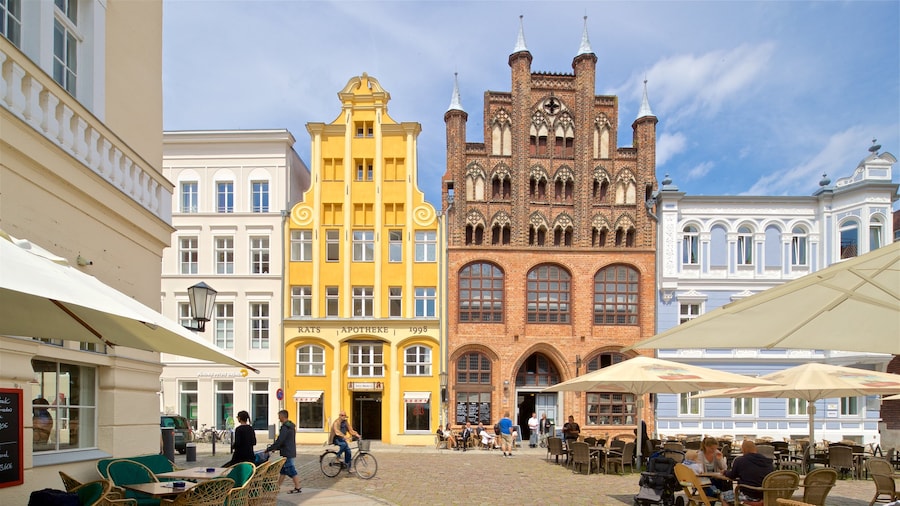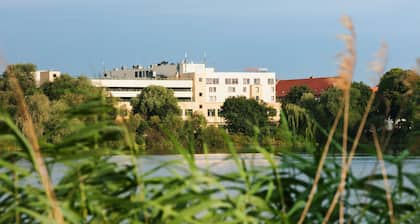Musée océanographique Ozeaneum





Découvrez la destination suivante : Musée océanographique Ozeaneum
Endroits populaires à visiter

Eglise Sainte-Marie de Stralsund
Apprenez-en davantage sur l'histoire locale de Vieille ville de Stralsund en passant du temps à Eglise Sainte-Marie de Stralsund. Promenez-vous le long de la marina de la région ou visitez ses monuments pendant votre séjour.

Église Saint-Nicolas
Apprenez-en davantage sur l'histoire locale de Vieille ville de Stralsund en vous arrêtant à Église Saint-Nicolas. Prenez le temps d'aller visiter les monuments et les spas lors de votre séjour dans la région.

Rathaus
Après avoir visité Rathaus, planifiez votre visite d'autres monuments et activités de Vieille ville de Stralsund. Partez en promenade le long de la marina de la région ou explorez ses théâtres.

Monument historique Dielenhaus
Apprenez-en davantage sur l'histoire locale de Vieille ville de Stralsund en faisant un arrêt à Monument historique Dielenhaus. Découvrez la région, ses théâtres et ses monuments.

Old Market
Profitez d'une séance de magasinage thérapeutique à Old Market au cours de votre séjour à Vieille ville de Stralsund. Marchez près de la marina de la région ou vivez l'expérience de ses musées.

Maison historique Wulflam
Apprenez-en davantage sur l'histoire locale de Vieille ville de Stralsund en faisant un arrêt à Maison historique Wulflam. Prenez le temps d'aller visiter les monuments et les spas lors de votre séjour dans la région.
Offres d’hôtel populaires
Musée océanographique Ozeaneum – Vérifiez la disponibilité des hôtels à proximité

